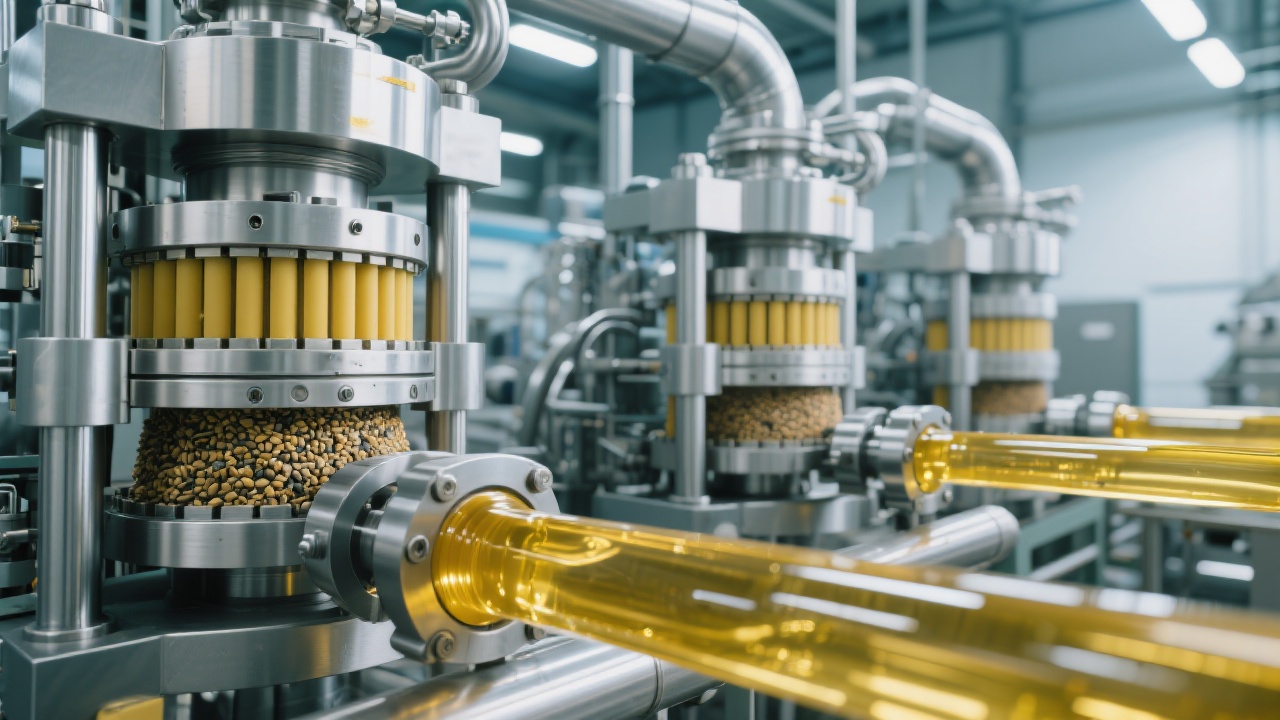
For oil producers aiming to boost yield and ensure consistent quality, understanding the full sunflower oil processing chain is no longer optional—it’s essential. Whether you're operating a small-scale mill or managing an industrial facility, mastering each stage from seed cleaning to final packaging can improve your outturn by up to 8–12%, based on real-world data from refineries in Ukraine and Argentina.
Before pressing begins, raw sunflower seeds must be cleaned of dust, stones, and foreign matter. A well-designed screening system removes over 95% of impurities. For dehulling, mechanical hullers with adjustable gap settings (typically 0.5–1 mm) increase kernel recovery while minimizing fines. One Romanian processor reported a 7% rise in oil yield after upgrading their dehuller—proof that attention to detail pays off.
| Process Stage | Key Parameter | Optimal Range |
|---|---|---|
| Cleaning Efficiency | Moisture Content | ≤6% |
| Dehulling Rate | Kernel Purity | ≥92% |
While cold pressing preserves more natural antioxidants like vitamin E and phytosterols, it yields less oil per ton—typically around 38–40%. Hot pressing at 100–110°C increases extraction efficiency to 43–46%, but may degrade heat-sensitive nutrients. Many processors now use a hybrid approach: pre-heating kernels gently before cold pressing to balance yield and nutrition.

After pressing, crude oil must undergo multi-stage filtration—first mechanical (using plate filters), then chemical (with clay adsorption). This reduces free fatty acids from 3% to under 0.1%, crucial for meeting international standards like ISO 5554. Regular maintenance of filter presses—not just replacing pads but checking pressure sensors—is often overlooked but vital. One Moroccan refinery cut downtime by 30% simply by scheduling weekly inspections.
As you scale operations, consider integrating automated systems for temperature control, moisture monitoring, and real-time oil quality testing. These upgrades not only reduce labor costs but also minimize batch variation—a key factor in winning repeat orders from European buyers who demand consistency.

If you’re serious about improving throughput, reducing waste, and building trust with global B2B clients, start by auditing your current process against these benchmarks. Don’t guess—measure. And if you’re ready to take action, we’ve compiled a free technical whitepaper and video series walking through exactly how top-performing plants optimize every step of the journey.

